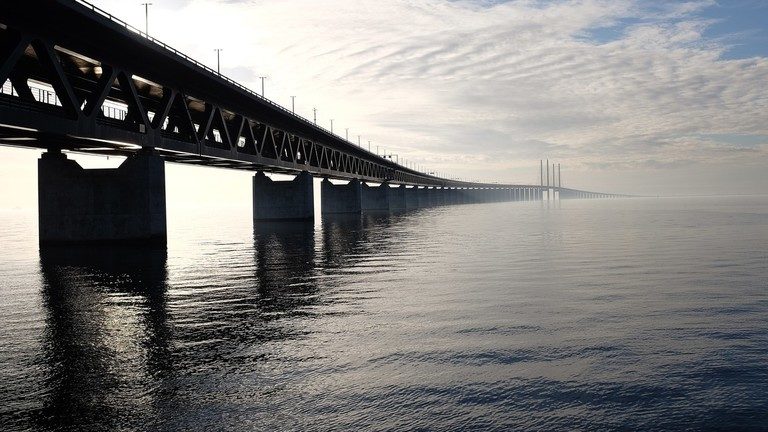RTThu, 21 Mar 2019 17:51 UTC

© pexels.com
The first cross-border railway bridge between China and Russia over the Amur River has been connected from both sides. The bridge, which will be operational this year, is expected to take bilateral trade to new highs.
The 2,209-meter-long (1.4 miles) structure links Russia's Far East with China's northernmost Heilongjiang province. The full completion of the cross-border bridge (railway and highway parts) is scheduled for July."On the morning of March 20, the last steel beam was built in, with Russia completing construction works from its part. This means the first railway bridge between the two countries is generally successfully connected," Heilongjiang province's administration
said in a statement.
The completion of the bridge will end the history when the Chinese and Russian borders did not have a cross-river railway bridge, said Li Huachao, a chief engineer of China Railway Major Bridge Engineering Group.
According to him, the project aims to develop an international corridor connecting China's northeastern railway networks with Russia's Siberian railway networks.
"The shipping capacities between the two sides will be greatly enhanced as they will no longer be affected by seasonal weather conditions, which often have an impact on river shipping," said Li, as cited by Ecns.cn.According to Song Kui, a researcher of the Heilongjiang Provincial Academy of Social Sciences, the bridge will play a significant part in promoting trade globally and in northeast Asia.Song said that in 2018 trade between Heilongjiang province and Russia amounted to 122 billion yuan ($18.2 billion). The figure represents 69.8 percent of the province's total export and import value and 17.3 percent of China's exports and imports to Russia.
Construction of the cross-border bridge officially started in 2016, following 28 years of negotiations between the two countries. Russia plans to export iron ore, coal, mineral fertilizers, lumber, and other goods via the link to China.
The highway section of the bridge will be ready for traffic this year. Traffic capacity is expected to exceed three million tons of cargo and be used by 1.48 million people a year by 2020. It will greatly facilitate trade between the two countries, since the route will be roughly 3,500km (2,175 miles) shorter.

Reader Comments